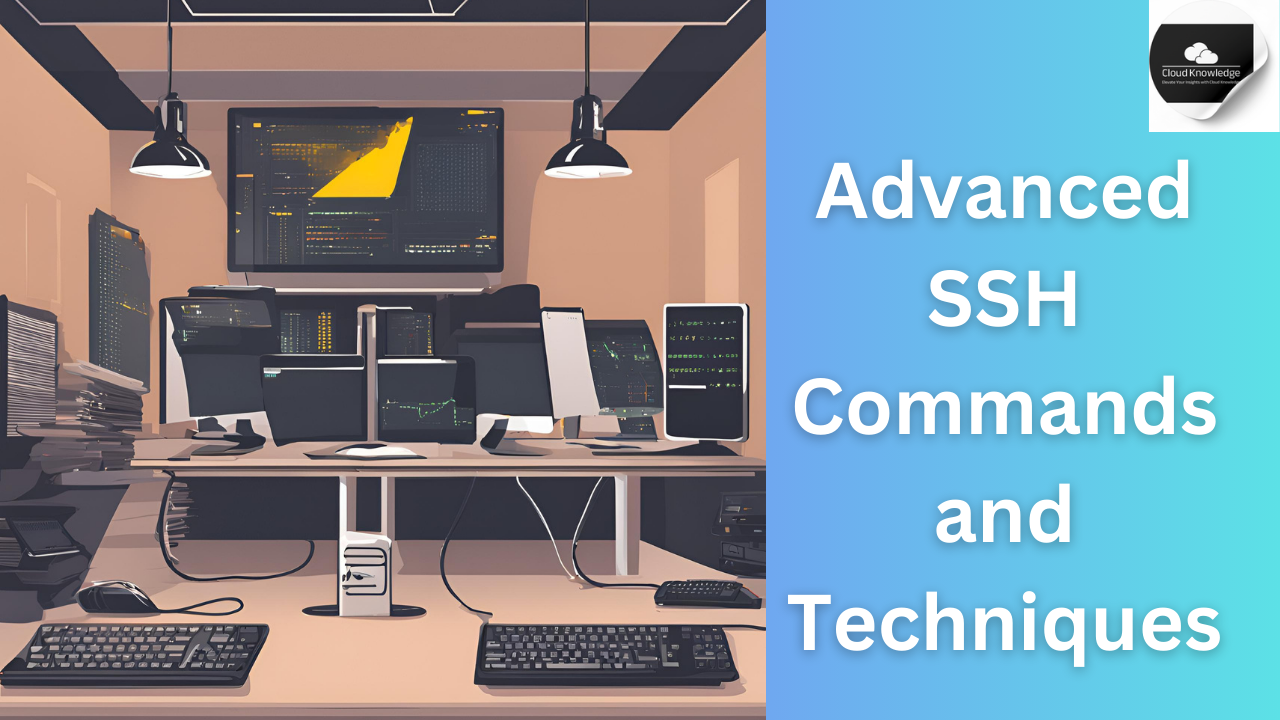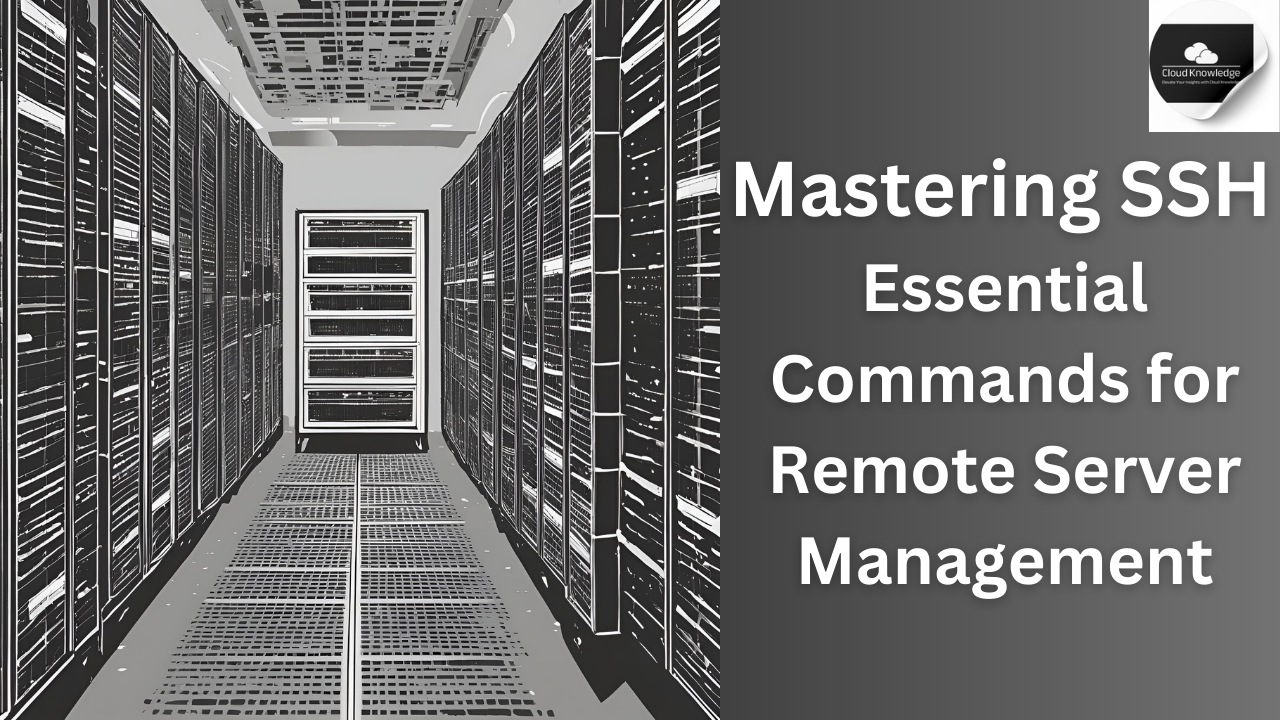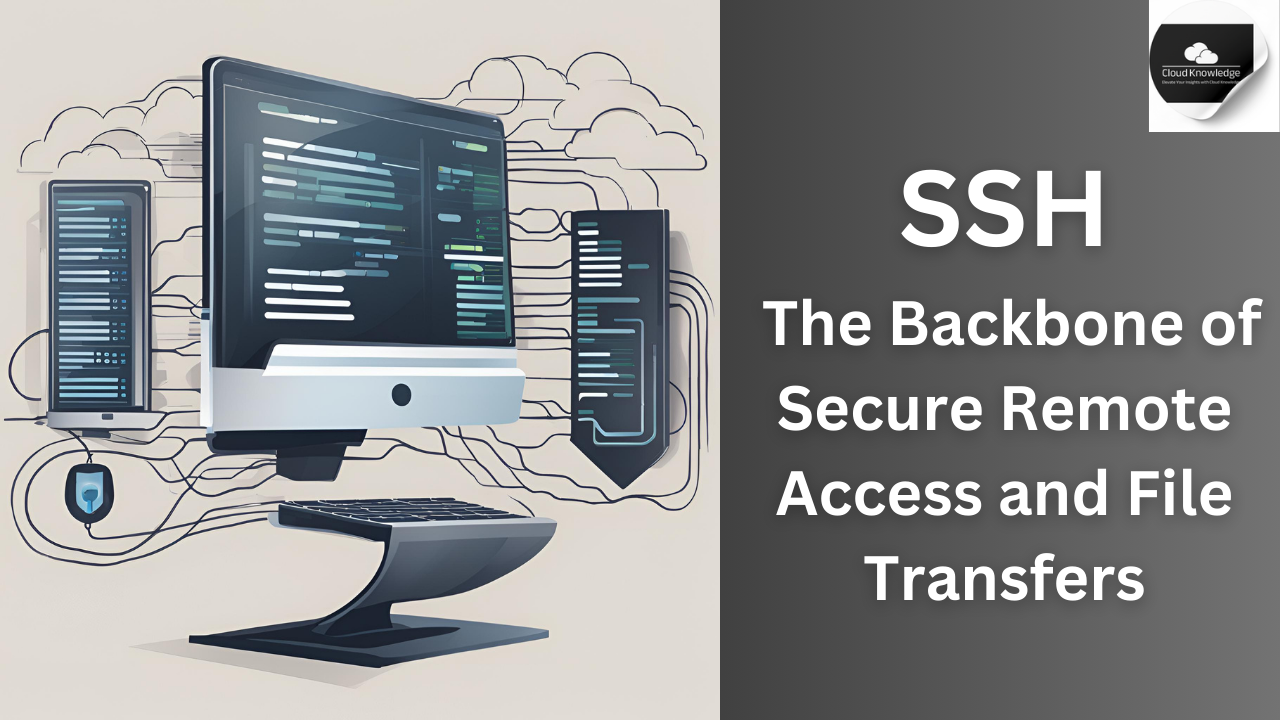Linux offers a powerful and versatile system for managing files, directories, and permissions. By understanding the concepts of absolute and relative paths, home directories, and file permissions, you can efficiently navigate and secure your Linux environment. This blog will delve into these essential topics, equipping you with the knowledge to optimize your Linux experience.
Finding Your Way Home
The home directory is a central location for user-specific files and configurations. Linux provides several shortcuts and variables to access it easily:
~: A shorthand for/home/username.$HOME: A shell variable storing the home directory path.
To navigate to your home directory, you can use the following commands interchangeably:
cd ~
cd $HOME
cd /home/username
cd /home/$USER
cd
Absolute vs. Relative Paths
Understanding path types is crucial for efficient navigation:
Absolute Paths: Begin with /, specifying the complete location. Example :
cd /home/username/tmp
/ and are relative to the current directory. Example :~): Provides a simplified way to access directories under your home:Help and Documentation
Linux commands come with built-in help and manuals:
--help: Displays a command’s usage and options:
ls –help
man: Opens the manual page for detailed command usage:man pages:f and b: Scroll forward and backward by page.q: Exit the manual.Users and Groups
Linux is a multi-user system, where each user is identified by a unique UID (User ID) and organized into groups (GID):
- Users: Can be real people or system entities.
- Groups: Allow multiple users to share access to files and resources.
File Ownership and Permissions
Every file and directory in Linux has two types of ownership:
- User/Owner: The creator of the file.
- Group: A collection of users sharing access.
Access permissions are divided into three levels:
- User (
u): The file owner. - Group (
g): Members of the group. - Others (
o): Everyone else.
Each level has three types of access:
- Read (
r): View file contents. - Write (
w): Modify the file. - Execute (
x): Run the file as a program.
Managing Permissions and Ownership
To modify permissions, use the chmod command:
chmod [ugoa][+/-][rwx] filename
Examples:
Grant group read access:
chmod g+r myfile
To change ownership, use chown and chgrp:
Change file ownership :
sudo chown new_owner myfile
Use the -R option to apply changes recursively:
chmod -R u+r directory_name
Exercise: File Permissions in Action
Try the following to experiment with permissions:
Create a file and change its permissions:
Modify execution permissions for a scrip:
chmod u-x myhostname
./myhostname
chmod u+x myhostname
./myhostname
Long List Output (ls -l)
A detailed file listing provides insights into permissions and ownership:
Example Output:
drwxrwx— 104 mark staff 110592 Aug 17 13:02 .
-rw-r–r– 1 mark mark 1051 May 8 2016 file.txt
Breakdown:
- Permissions:
drwxrwx--- - Links:
104 - Owner:
mark - Group:
staff - File Size:
110592 bytes - Date Modified:
Aug 17 13:02 - File Name:
file.txt
Keywords for Mastery
Some essential Linux keywords to remember:
- Home Directory (
~,$HOME) - Absolute Path
- Relative Path
- Users and Groups
- Permissions (
r,w,x) - Ownership (
chmod,chown) - Commands (
cd,ls,man,chmod,chown,chgrp) - Multi-user Environment
- UID and GID
Mastering Linux file navigation and permissions is a foundational skill for any system administrator or enthusiast. With these tools and concepts, you can confidently navigate, secure, and manage your Linux environment. Explore more Linux tips and guides on our website!













Leave a Reply